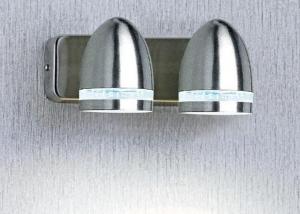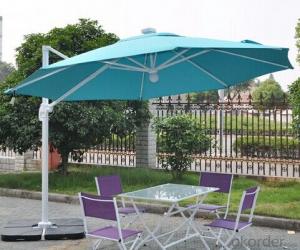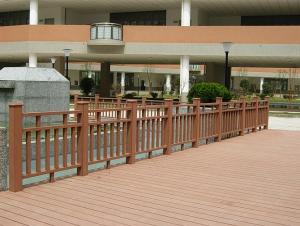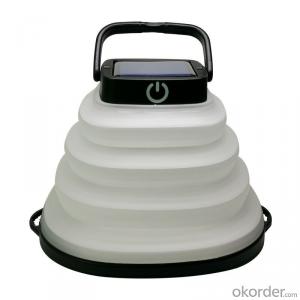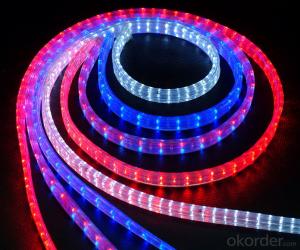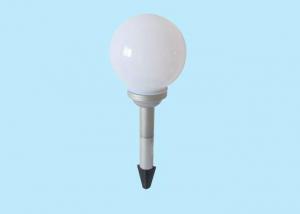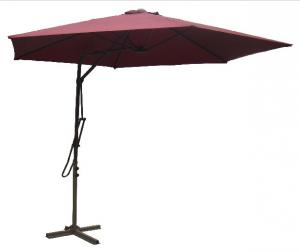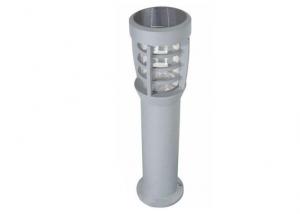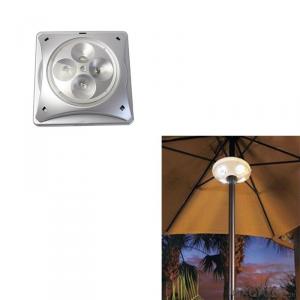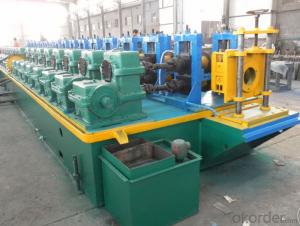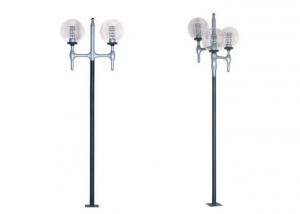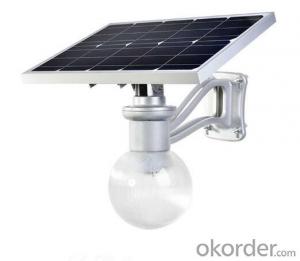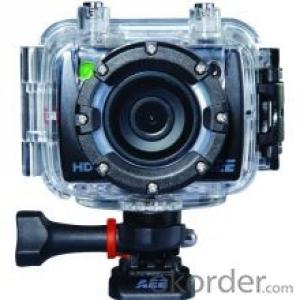Outdoor Solar Inverter Cover
Outdoor Solar Inverter Cover Related Searches
Solar Inverter Cover Cover For Solar Inverter Outdoor Solar Inverter Shade Cover For Solar Inverter Bunnings Solar Inverter Cover Solar Inverter Cover Stratco Canopy For Solar Inverter Awning For Solar Inverter Rooftop Solar Inverter Solar Power Inverter Camping Solar Inverter Accessories Solar Inverter Replacement Solar Rooftop Inverter Solar Inverter Mounting Board Oversized Inverter Solar Solar Inverter Installation Inverter Replacement Solar Install Solar Inverter Inside Solar Inverter Inverter Solar Panels Inverter Solar Panel Solar Inverter Installed Solar Inverter Spare Parts Oversizing Solar Inverter Solar Kit With Inverter Portable Solar Inverter Solar Charger For Inverter Offline Solar Inverter Solar Charger With Inverter Solar Inverter UpgradeOutdoor Solar Inverter Cover Supplier & Manufacturer from China
Outdoor Solar Inverter Cover is a specialized protective enclosure designed to safeguard solar inverters from harsh outdoor conditions. These covers are essential in ensuring the longevity and optimal performance of solar inverters by shielding them from environmental factors such as dust, moisture, and extreme temperatures. The Outdoor Solar Inverter Cover is engineered to provide a robust and durable barrier against these elements, ensuring that the inverter operates efficiently and remains protected throughout its service life.The Outdoor Solar Inverter Cover finds its application in a wide range of scenarios where solar energy systems are installed, such as residential rooftops, commercial buildings, and large-scale solar farms. By using these covers, system owners and operators can extend the lifespan of their inverters, reduce maintenance costs, and enhance the overall reliability of their solar power systems. This protective measure is particularly crucial in regions with extreme weather conditions, where the inverter's exposure to the elements can lead to premature failure or reduced efficiency.
Okorder.com is a reputable wholesale supplier of Outdoor Solar Inverter Cover, boasting a vast inventory that caters to the needs of various solar energy projects. With a commitment to quality and customer satisfaction, Okorder.com offers a comprehensive selection of these covers, ensuring that clients can find the perfect fit for their specific inverter models and application requirements. By partnering with Okorder.com, customers can benefit from competitive pricing, prompt delivery, and reliable support, making it a trusted choice for those seeking to invest in Outdoor Solar Inverter Covers.
Hot Products

